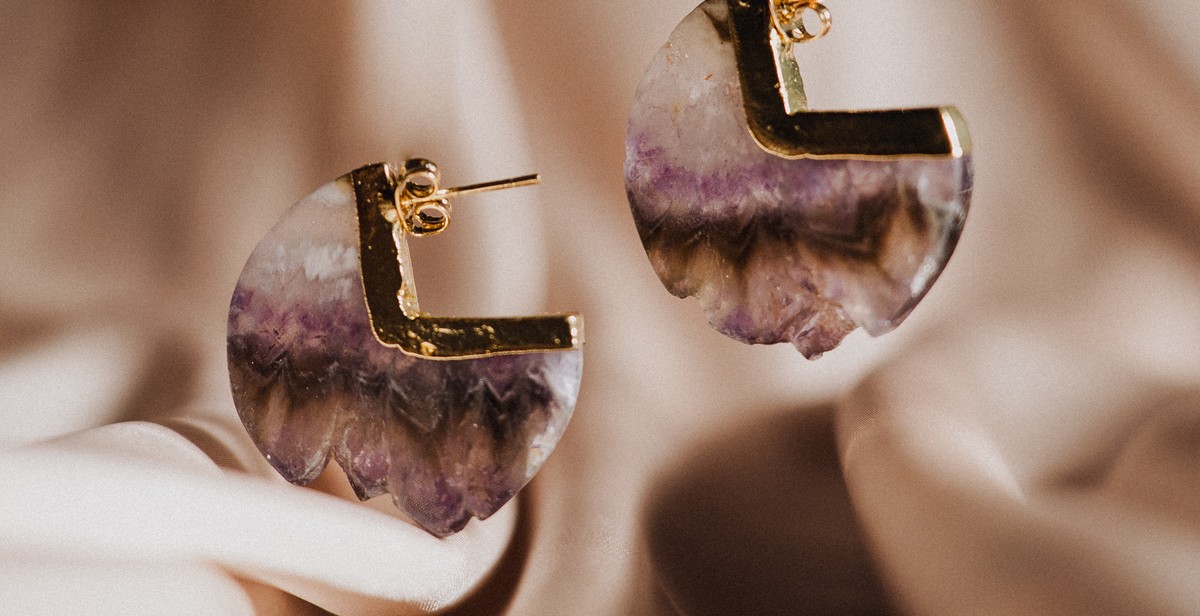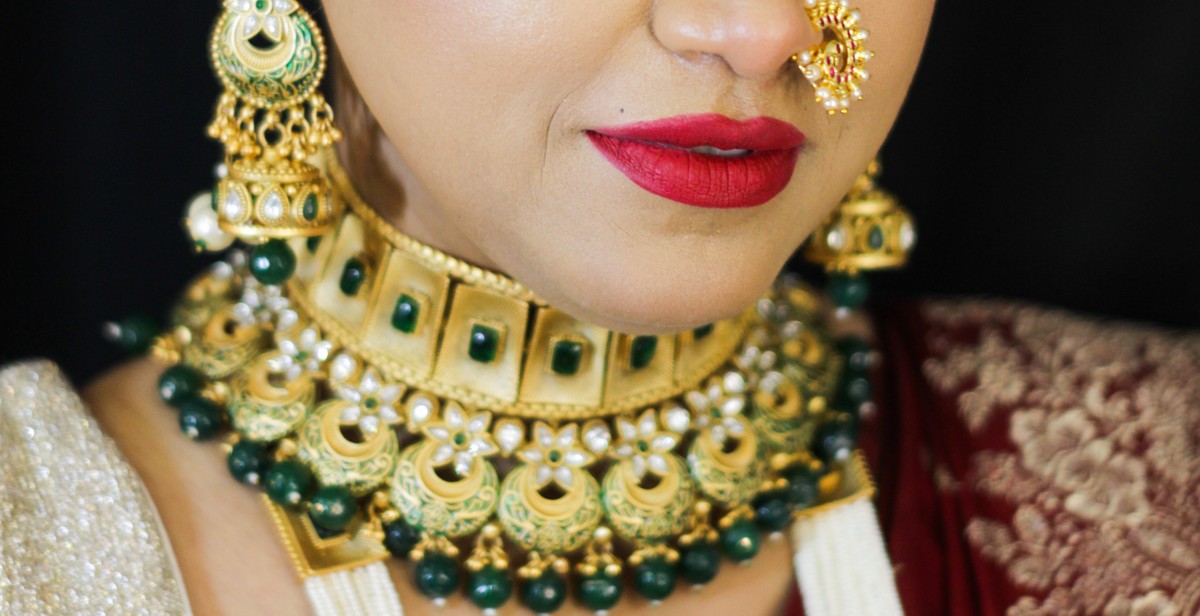How to Spot Fake Jewelry and Avoid Being Scammed
As the demand for luxurious and expensive jewelry continues to rise, so does the prevalence of counterfeit jewelry. Spotting fake jewelry can be a daunting task, especially for those who are not familiar with the intricacies of jewelry making. However, it is crucial to be able to identify fake jewelry to avoid being scammed and wasting your hard-earned money on a piece of fake jewelry.
Why Spotting Fake Jewelry is Important
Spotting fake jewelry is essential for several reasons. Firstly, buying fake jewelry can be a waste of money. Counterfeit jewelry is often sold at a fraction of the price of the genuine article, but it does not possess the same quality or value. Secondly, fake jewelry can be harmful to your health. Some counterfeit jewelry contains toxic materials such as lead and cadmium, which can cause skin irritation, allergic reactions, and other health problems. Lastly, buying fake jewelry can support criminal activities such as money laundering and terrorism.
Therefore, it is crucial to know how to spot fake jewelry and avoid being scammed. This article will provide you with tips and tricks to help you identify fake jewelry and make informed decisions when purchasing jewelry.

Types of Fake Jewelry
When it comes to fake jewelry, there are three main types to be aware of: imitation, lab-created, and counterfeit. Each type of fake jewelry is made differently and has different characteristics that can help you spot them.
Imitation Jewelry
Imitation jewelry is made to look like real jewelry, but it is made with less expensive materials. For example, instead of using real diamonds, imitation jewelry might use cubic zirconia or glass. Imitation jewelry is often sold at a much lower price than real jewelry, but it can still be very beautiful and well-made.
One way to spot imitation jewelry is to look for a stamp or marking that indicates the metal used. Real gold and silver jewelry will have a stamp that indicates the karat or purity of the metal. Imitation jewelry may have a stamp that says “gold plated” or “silver plated.”
Lab-Created Jewelry
Lab-created jewelry is made using the same materials as real jewelry, but it is created in a laboratory instead of being mined from the earth. For example, lab-created diamonds are made using a process that mimics the natural formation of diamonds. Lab-created jewelry can be very high quality and difficult to distinguish from real jewelry, but it is often sold at a lower price.
One way to spot lab-created jewelry is to look for imperfections. Real diamonds and gemstones are created by nature and often have imperfections like inclusions or blemishes. Lab-created stones are often perfect and flawless.
Counterfeit Jewelry
Counterfeit jewelry is made to look like real jewelry, but it is created with the intent to deceive. Counterfeit jewelry may be made with cheap materials, or it may be made with real materials that have been stolen or obtained illegally. Counterfeit jewelry is often sold at a price that is too good to be true, and it can be difficult to spot without a trained eye.
One way to spot counterfeit jewelry is to look for inconsistencies. Real jewelry is made with precision and care, and it will have a consistent look and feel. Counterfeit jewelry may have inconsistencies in the engraving, stamping, or finish.
| Type | Materials Used | Characteristics |
|---|---|---|
| Imitation | Less expensive materials like cubic zirconia or glass | Lower price, stamped “gold plated” or “silver plated” |
| Lab-created | Same materials as real jewelry, but created in a laboratory | Lower price, often perfect and flawless |
| Counterfeit | Cheap materials or real materials obtained illegally | Price that is too good to be true, inconsistencies in engraving, stamping, or finish |

How to Spot Fake Jewelry
Counterfeit jewelry is a widespread problem in the market. It can be challenging to differentiate between genuine and fake jewelry, especially for those who are not familiar with the characteristics of precious metals and gemstones. However, there are several ways to spot fake jewelry and avoid being scammed. Here are some tips:
Check for Hallmarks
Hallmarks are marks or stamps on jewelry that indicate the type of metal and its purity. Genuine jewelry should have hallmarks that are clear and easy to read. If the jewelry has no hallmarks or has unclear markings, it is likely to be fake.
Inspect the Quality of the Metal
One of the ways to determine the authenticity of jewelry is by checking the quality of the metal. Gold and silver are soft metals and are easily scratched. If the jewelry has no scratches or appears too shiny, it is likely to be fake. Also, check the weight of the jewelry. Genuine jewelry is heavier than fake jewelry because of its high metal content.
Examine the Gemstones
Gemstones are the most valuable part of jewelry, and fake jewelry often has fake gemstones. To determine the authenticity of gemstones, examine them under a magnifying glass. Genuine gemstones have no bubbles, scratches, or cracks. Also, check the color of the gemstone. Fake gemstones often have a uniform color, while genuine gemstones have slight variations in color.
Look for Imperfections
Genuine jewelry often has imperfections that make it unique. Look for small irregularities in the metal or gemstones that make the jewelry look less perfect. Fake jewelry often looks too perfect, with no imperfections.
Compare Prices and Retailers
If the price of the jewelry seems too good to be true, it probably is. Compare the price of the jewelry with similar pieces from reputable retailers. Also, buy jewelry from reputable retailers who have a good reputation for selling genuine jewelry.
| Hallmarks | Metal Quality | Gemstone Examination | Imperfections | Price Comparison |
|---|---|---|---|---|
| Check for clear and easy to read hallmarks | Check for scratches and weight of the metal | Examine under magnifying glass for bubbles, scratches, and color variations | Look for small irregularities that make the jewelry unique | Compare prices with similar pieces from reputable retailers |
By following these tips, you can avoid being scammed by fake jewelry and ensure that you are buying genuine and valuable jewelry.

Tips to Avoid Being Scammed
When it comes to buying jewelry, it is important to be cautious of scammers who try to sell fake or counterfeit products. To avoid being scammed, there are several tips you can follow:
Buy from Reputable Retailers
One of the best ways to avoid being scammed is to buy from reputable retailers. Look for stores that have been in business for a long time and have a good reputation. You can also check online reviews to see what other customers have to say about their experiences with the retailer.
Do Your Research
Before making a purchase, do your research on the type of jewelry you want to buy. Learn about the characteristics of the metal or gemstone, and familiarize yourself with the different types of certifications that are available. This will help you identify any red flags when you are shopping.
Ask for Certifications
If you are buying a piece of jewelry that is supposed to be made of a certain type of metal or gemstone, ask for certifications. Reputable sellers will be able to provide you with documentation that proves the authenticity of the product. If the seller cannot provide certifications, it may be a sign that the jewelry is fake.
Be Cautious of Deals That Are Too Good to Be True
When shopping for jewelry, be cautious of deals that seem too good to be true. Scammers often try to lure in customers with low prices on fake products. If a deal seems too good to be true, it probably is. Stick with reputable retailers and be willing to pay a fair price for a high-quality product.
By following these tips, you can avoid being scammed when buying jewelry. Remember to always be cautious and do your research before making a purchase.

Conclusion
Spotting fake jewelry can be a daunting task, but with the right knowledge, you can avoid being scammed. Remember to always buy from reputable sellers and do your research before making any purchases. Look for hallmarks or stamps that indicate the metal content of the jewelry, and examine the stones to ensure they are genuine. Be wary of deals that seem too good to be true, as they often are.
When in doubt, seek the advice of a professional jeweler. They can help you determine the authenticity of a piece and provide valuable insights into the value and quality of the jewelry. Additionally, consider investing in a loupe or magnifying glass to inspect the jewelry more closely.
If you do find yourself the victim of a jewelry scam, report it to the appropriate authorities and take steps to protect yourself from future scams. By staying informed and vigilant, you can enjoy the beauty and value of genuine jewelry without falling prey to fraud.
Key Takeaways
- Buy from reputable sellers and do your research
- Look for hallmarks and examine stones
- Be wary of deals that seem too good to be true
- Seek the advice of a professional jeweler
- Invest in a loupe or magnifying glass
- Report any scams to the appropriate authorities
Additional Resources
| Gemological Institute of America | A nonprofit institute dedicated to research and education in the field of gemology |
| Federal Trade Commission | The primary government agency responsible for consumer protection and preventing fraud |
| Jewelers Vigilance Committee | A nonprofit organization that provides legal education and compliance guidance to the jewelry industry |

